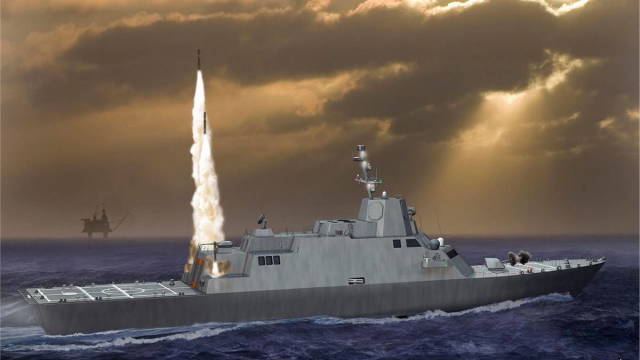As mentioned earlier, a promising fleet of small surface combat ships (Small Surface Combatants, SSC) The US Navy will consist of FFG (X) frigates and LCS-class ships.
Currently, the SSC category includes 17 coastal warfare ships, or LCS class (Littoral Combat Ships) and 11 mine warfare ships of the Avenger type. Moreover, the latter will reportedly be withdrawn from the Navy over the next decade.
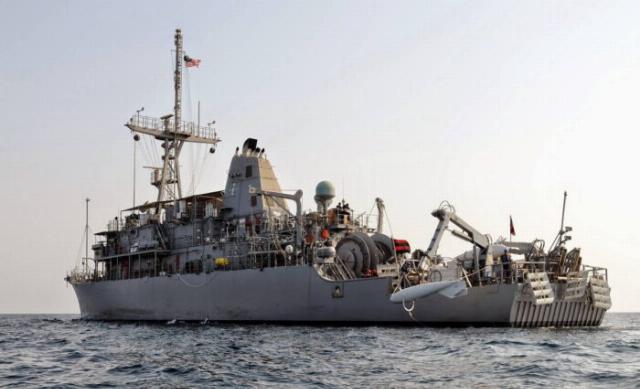
An Avenger-class US Navy minesweeper
Subsequently, the 30-year plan for the construction of the American fleet (2020-2049) provides for an increase in the quantitative composition of the SSC category to 34 LCS ships and 18 FFG frigates by 2034. The category will receive the largest composition in 2040 (30 LCS, 30 FFG, as well as 12 ships of a type that has yet to be determined). All ships of the coastal zone (LCS) are scheduled to be decommissioned by 2049. From now on, the fleet should have 20 FFG frigates and 30 ships of the type to be determined.
However, according to experts, it should be assumed that these figures may be repeatedly revised over the next three decades. The current discussion within the US Navy allows us to expect that the declared indicators for the SSC category will increase in the near future. The Fleet Structure Assessment (FSA) Department should complete the review of its construction by the end of 2020. Senior officers are inclined to believe that fleet planning will be revised in favor of SSC ships, which would expand the geographical presence and combat capabilities of the US Navy.
The essential basis for this change of mindset lies in the evaluation of the effectiveness of the planned frigate (FFG). It is believed that its combat power consists not so much of individual weapons systems, but rather of combining onboard weapons, numerous long-range sensors, onboard uninhabited underwater and surface vehicles, as well as through sensor and fire integration with other warships. An additional important element of performance is considered to be its strong attacking and defensive EW capabilities.
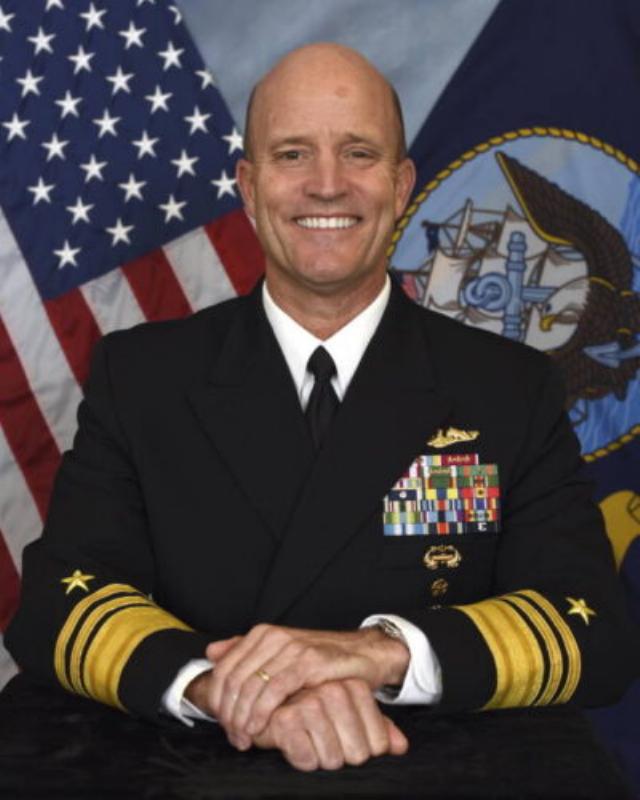
Vice Admiral William MERTZ
As a result, as William MERZ, head of the Weapons Department of the US Navy General Staff, said in April 2019, the evaluation of the proposed designs exceeds initial expectations. He further explained:
LCS Class ships
According to American experts, now, although with a significant delay, the combat power of the LCS ships will finally increase. Purchases of the LCS class, which are actually limited to 32 ships, have already been increased to 35 units. The delivery rate is three to four ships per year. Discussions are currently underway on whether to agree to one or three additional ships next year as a "safety cushion" in case the procurement of a new frigate is delayed.
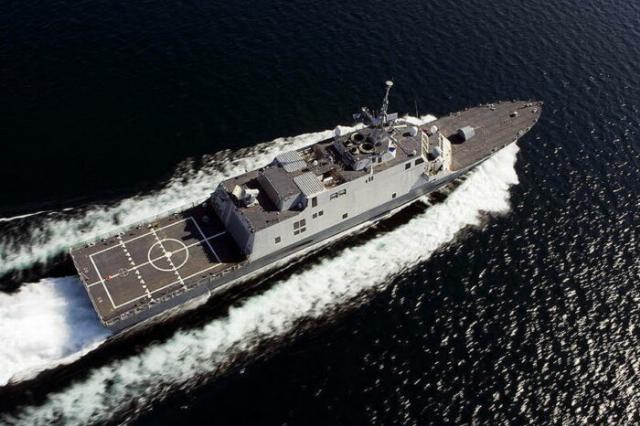
Freedom-class LCS ship
The Navy's leadership has so far officially rejected this move due to concerns that resources could be diverted from more important programs. However, according to a statement by Vice Admiral Richard BROWN, commander of the US Navy surface forces, made in an interview with USNI News, in about five years the navy plans to have 66 crews for 38 LCS ships.
Each LCS is scheduled to be equipped to perform one of three main tasks: mine defense (MCM), anti-submarine warfare (ASW) or surface warfare (SuW). To do this, an applied operational module will be installed on the ship, including all special equipment of the appropriate type of application. In principle, each LCS ship can be alternately equipped with different operational modules, but experience has shown that this is much more burdensome and time-consuming than originally expected.
Currently, the U.S. Navy plans to purchase 44 operational modules: 24 MCM, 10 ASW and 10 SuW. Regardless of the main mission, LCS ships can use their standard onboard sensors to perform reconnaissance and surveillance tasks, as well as general presence tasks. In order to protect themselves, all LCS are equipped with a 57 mm side cannon, four 12.7 mm machine guns, a launcher (PU) with 11 Evolved SeaRAM interceptor missiles, as well as a jamming device (foil).
Independence-class LCS ship
The operational deployment plan for the first 28 LCS ships, submitted in 2016, is still in effect. The first four ships will continue testing operational modules and concepts for combat use. Of the next 24 ships, it is planned to form six formations of four ships each. Three units are stationed in Mayport (Florida) and San Diego (San Diego, California). It is planned to have connections for MCM, ASW and SuW at both locations. It is assumed that instead of changing modules from time to time, the ships will perform the same basic task continuously.
Six operational formations of LCS ships will reach their full-time strength in 2023. From this moment on, a systematic stay abroad will begin. Of the 24 ships, 13 will be stationed abroad for up to 24 months: seven in Bahrain and six in the Western Pacific (three of them in Singapore).
The rate of exits is growing
“The LCS class has come of age,“ Admiral R. Brown said in August 2019. The rate of exits is increasing significantly, from zero in 2018 to three ships in 2019. In addition to these overseas deployments, many LCS are monitoring U.S. coastal waters. According to the Navy Command, they used the 19-month period between December 2017 and June 2019 for an in-depth analysis of personnel training guidelines, operational concepts and maintenance requirements.
According to the Director of the small warships program, Rear Admiral Casey MOTON:
According to the admirals, in recent years, an exhaustive picture of the vulnerability of individual ship systems to failure has been obtained. It is expected that the formation and training of maintenance teams will be completed by 2022. This will allow the Navy to take over all ship maintenance, as manufacturers are currently still responsible for many areas of maintenance. The availability rate of the LCS flotilla is about twice as high as that of the Arleigh Burke-class destroyers.
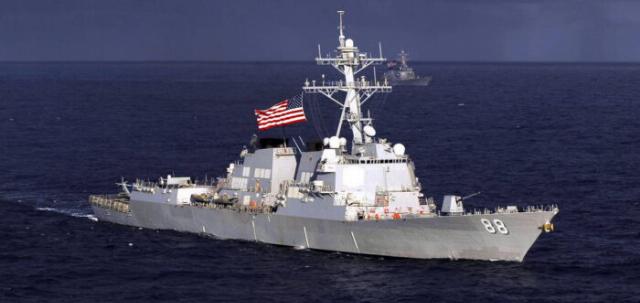
The destroyer URO "Preble" type "Arlie Burke"
To increase self-defense capabilities, as well as the ability to strike, the standard armament of all LCS ships will be expanded. Regardless of the main mission, it is planned to install a new fire control system for the 57 mm deck gun on all LCS and integrate NSM (Naval Strike Missile) anti-ship missiles from the Norwegian company Kongsberg.
In cooperation with the MQ-8C unmanned reconnaissance helicopter, missiles can be used with great accuracy to destroy enemy ships at a range of up to 100 nautical miles. In early September 2019, the Gabriel Gifford (USS Gabrielle Giffords, LCS-10) became the first LCS ship armed with NSM and stationed abroad in the Western Pacific Ocean. According to the publications, it will take about two years to equip all LCS with missile weapons.
The next round of modernization is scheduled for the early 2020s. Among other things, it is planned to equip ships with electronic warfare systems and Nulka active jamming installations. The installation of up to eight mine launchers above the deck is under consideration, and in the future also the introduction of laser weapons.
Based on the materials of the MarineForum magazine
